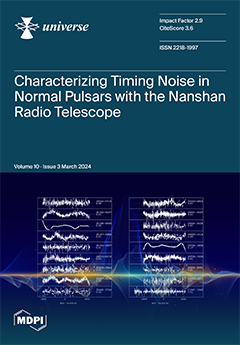The present paper is a modest attempt to initiate the research program outlined in this abstract. We propose that general relativity and relativistic MOND (RelMOND) are analogues of broken electroweak symmetry. That is,
(DEM stands for dark electromagnetism), and GR is assumed to arise from the broken
symmetry and is analogous to the weak force. RelMOND is identified with dark electromagnetism
, which is the remaining unbroken symmetry after the spontaneous symmetry breaking of the dark electro-grav sector
. This sector, as well as the electroweak sector, arises from the breaking of an
symmetry in a recently proposed model of unification of the standard model with pre-gravitation, with the latter based on an
gauge theory. The source charge for the dark electromagnetic force is the square root of mass, motivated by the experimental fact that the ratio of the square roots of the masses of the electron, up-quark, and down-quark is 1:2:3, which is the opposite of the ratio of their electric charges at 3:2:1. The introduction of the dark electromagnetic force helps us understand the peculiar mass ratios of the second and third generations of charged fermions. We also note that in the deep MOND regime, acceleration is proportional to the square root of mass, which motivates us to propose the relativistic
gauge symmetry as the origin of MOND. We explain why the dark electromagnetic force falls inversely with distance, as in MOND, rather than following the inverse square of distance. We conclude that dark electromagnetism effectively mimics cold dark matter, and the two are essentially indistinguishable in cosmological situations where CDM successfully explains observations, such as CMB anisotropies and gravitational lensing.
Full article





